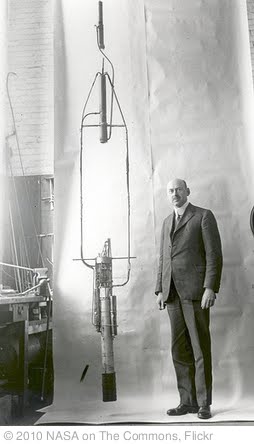My daughter picked up this book and said, “This book sure doesn’t look like a book by my favorite author of Ella Enchanted and The Two Princesses of Bammarre.”
 If you’re looking for more reworked fairy tales, the genre in which Ms. Levine has become famous, don’t look at Dave at Night. Nevertheless, it is a story about an orphan boy who has adventures, meets a “princess”, and frees his buddies from an evil “giant.” So, maybe it is a reworked fairy tale, set in 1920’s Harlem.
If you’re looking for more reworked fairy tales, the genre in which Ms. Levine has become famous, don’t look at Dave at Night. Nevertheless, it is a story about an orphan boy who has adventures, meets a “princess”, and frees his buddies from an evil “giant.” So, maybe it is a reworked fairy tale, set in 1920’s Harlem.
Dave Caros is Jewish, and when his beloved papa dies after falling off the roof of a house he was helping to build, Dave is left with his (evil) stepmother Ida who either can’t or doesn’t want to take care of him. So, he is sent to the HHB, Hebrew Home for Boys. Unfortunately, the HHB has a lot of other names, made up by the boys who live there: The Hell Hole for Brats, Happy House of Bullies, Hopeless House of Beggars, Hollow Home for Boys—you get the idea.
Other than the fairy tale parallels, one interesting thing about the book that it’s told in first person from Dave’s point of view; however, at least as an adult, it was always obvious to me that Dave might not be entirely accurate in his depiction of the HHB as a hellhole and his family as uncaring and mean. Yes, Mr. Doom, the orphanage administrator and the villain of the piece, is a paskudnyak, as one of the characters in the book calls hims, a real blackguard. But maybe the HHB isn’t quite as bad as Dave makes out. And maybe there are compensations for the suffering, deprivation, and abuse that the boys go through: buddies, art classes, a chance to live in relative safety.
Dave is a wonderful narrator. Everything for him is simple, as a child would think it should be. And the story paints a vivid picture of Harlem in the 1920’s as Dave escapes from the orphanage during the night and goes to rent parties and mixes in high society with the goniff, Solly. Dave and Solly meet and tell fortunes for bootleggers, business people, and 1920’s guys and dolls. And, of course, everything ends happily, just as it should in a fairy tale with a boy hero like Dave.
Recommended for aficionados of hero tales, 1920’s Harlem, Jewish cultural history, orphan stories, and just good middle grade fiction. Ms. Levine says it may be her favorite of all of her books.
By the way, I like the cover art by Loren Long on my library copy of the book much better than I like the above cover, but the picture above was what was at Amazon. My cover is the one that’s pictured at Ms.Levine’s site, and I think it’s a lovely work of art.


